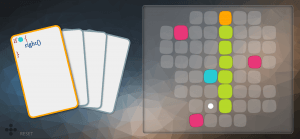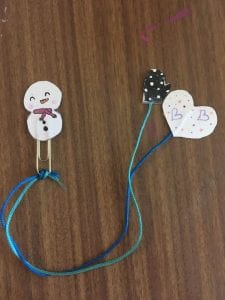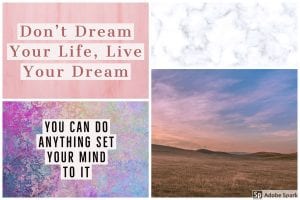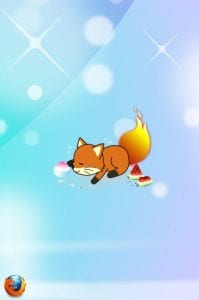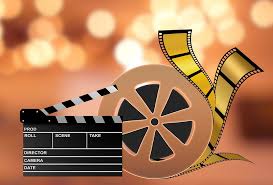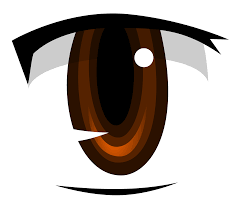Hi, it’s hmsmarim,
There are many words that go with one letter, but it is harder to name A-Z Science words. It shouldn’t be hard to name Science words, but trying not to use a website is harder. Since we take Science every day, we use terminology like the ones I’m going to types. I hope this goes well and I don’t have to use a website. We will see how far I can go with naming Science words.
A is for Atom: the smallest constituent unit of ordinary matter that has the properties of a chemical element.
B is for Beaker: a generally cylindrical container with a flat bottom. Most also have a small spout to aid pouring.
C is for Chemical: a form of matter having a constant chemical composition and characteristic properties.
D is for Data: the facts and statistics collected together for reference or analysis.
E is for Electricity: the set of physical phenomena associated with the presence and motion of matter that has a property of electric charge.
F is for Fossil: the remains or impression of a prehistoric organism preserved in petrified form or as a mold or cast in rock.
G is for Gravity: the force that attracts a body toward the center of the earth, or toward any other physical body having mass. For most purposes, Newton’s laws of gravity apply, with minor modifications to take the general theory of relativity into account.
H is for Hypothesis: a supposition or proposed explanation made on the basis of limited evidence as a starting point for further investigation.
I is for Immunology: the branch of medicine and biology concerned with immunity.
J is for Jet Stream: a narrow, variable band of very strong, predominantly westerly air currents encircling the globe several miles above the earth.
K is for Kilogram: the SI unit of mass, equivalent to the international standard kept at Sèvres near Paris
L is for Laboratory: a room or building equipped for scientific experiments, research, or teaching, or for the manufacture of drugs or chemicals.
M is for Mineral: a solid inorganic substance of natural occurrence.
N is for Neutron Star: a celestial object of very small radius (typically 18 miles/30 km) and very high density, composed predominantly of closely packed neutrons. Neutron stars are thought to form by the gravitational collapse of the remnant of a massive star after a supernova explosion, provided that the star is insufficiently massive to produce a black hole.
O is for Observe: notice or perceive (something) and register it as being significant.
P is for Phase: a distinct period or stage in a process of change or forming part of something’s development.
Q is for Quantum: a discrete quantity of energy proportional in magnitude to the frequency of the radiation it represents.
R is for Radiation: the emission of energy as electromagnetic waves or as moving subatomic particles, especially high-energy particles that cause ionization.
S is for Science: the intellectual and practical activity encompassing the systematic study of the structure and behavior of the physical and natural world through observation and experiment.
T is for Theory: a supposition or a system of ideas intended to explain something, especially one based on general principles independent of the thing to be explained.
U is for Universe: all existing matter and space considered as a whole; the cosmos.
V is for Volcanology: the scientific study of volcanoes.
W is for Weather: the state of the atmosphere at a place and time as regards heat, dryness, sunshine, wind, rain, etc.
X is for X-Ray: an electromagnetic wave of high energy and very short wavelength, which is able to pass through many materials opaque to light.
Y is for Yttrium: the chemical element of atomic number 39, a grayish-white metal generally included among the rare earth elements.
Z is for Zoology: the scientific study of the behavior, structure, physiology, classification, and distribution of animals.
Science Words Glossary
Quizlet Flashcards
After naming all those words, I couldn’t have done it by my self. I had to use a Science word glossary and a Quizlet Flashcard website to come up with these words. I came up with most of the words, but for some, I had to use the websites. Coming up with A-Z words were quite fun to do.
Some of the letters were hard to come up with words. Some of the letters were “Q, N, R, I, V, and J” because I couldn’t think of words that start with those letters. That’s why I had to use both websites to find words to put in this post. I had fun coming up with words and I can’t wait to see what subjects in SBC come across.
How many words can you come up with? Leave a comment down below and I will try to respond to you!
That’s it for today!
~hmsmarim

